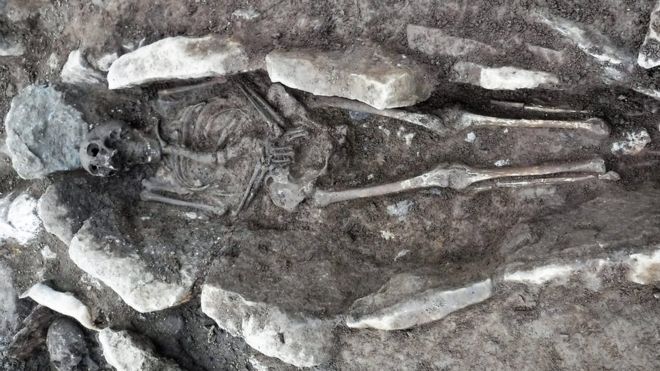
Most of the artefacts would have belonged to women - possibly slaves or servants
Archaeologists working in the buried Roman city of Pompeii say they have uncovered a "sorcerer's treasure trove" of artefacts, including good-luck charms, mirrors and glass beads.
Most of the items would have belonged to women, said Massimo Osanna, director of the Archaeological Park of Pompeii.
A room with the bodies of 10 victims, including women and children, was excavated in the same house.
Pompeii was engulfed by a volcanic eruption from Mt Vesuvius in AD 79.
The fatal eruption froze the city and its residents in time, making it a rich source for archaeologists.
Read the rest of this article...




